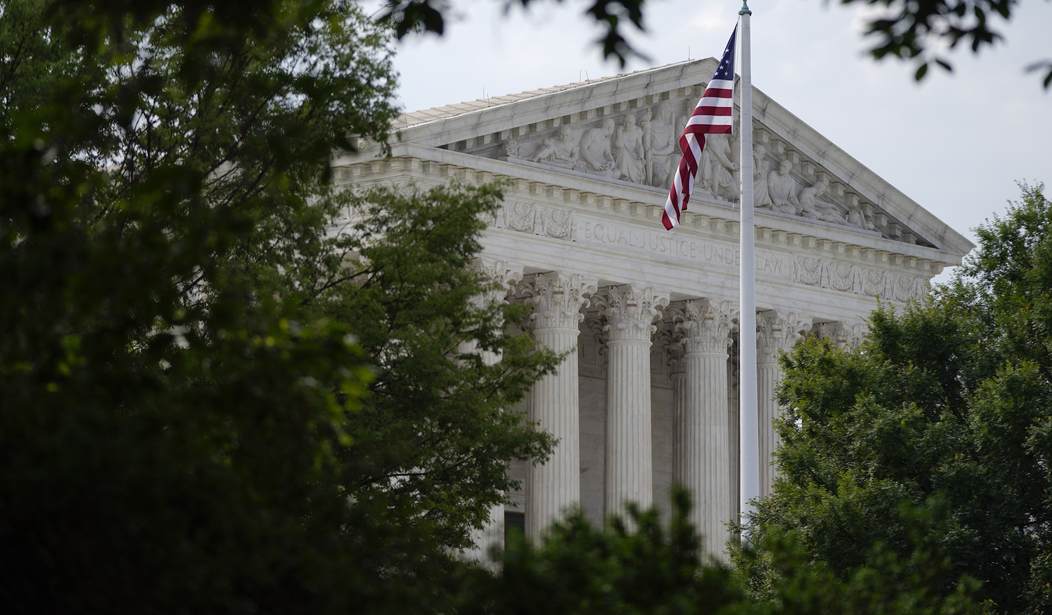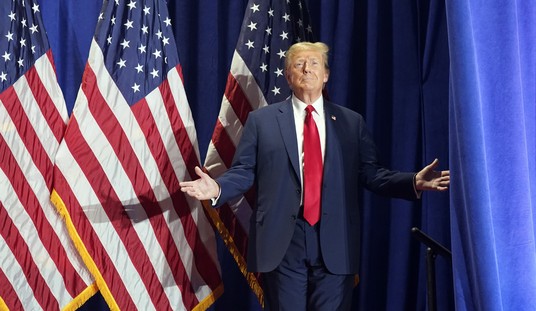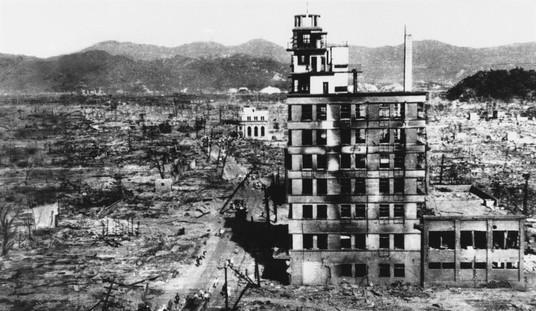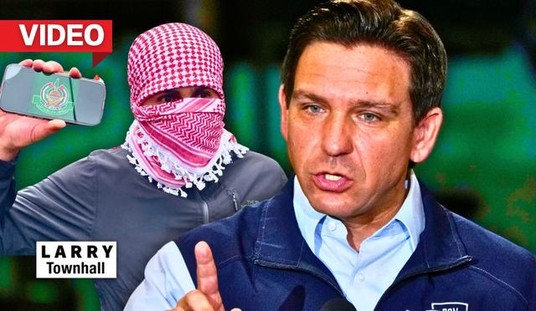Getting words right can clear up a lot of confusion about politics and public policy. Example: "segregate" is a verb that requires a subject. "Segregate" is not an impersonal verb, nor is "segregation" a mere accidental result of unrelated outside processes.
One segregates by deliberately setting one class of people or things apart from another. Some segregation is unproblematic. A fruit vendor segregates ripe fruit from spoiled fruit. And some segregation, namely, separating people of one race from another, is legally suspect and loathsome, thanks to the consensus forged by the civil rights movement.
Those familiar with the America that emerged victorious but still largely racially segregated after World War II should have no trouble appreciating how racial discrimination and racial segregation have almost entirely disappeared in voting, in the jobs market and in public accommodations. Yet some of the most knowledgeable and perceptive writers and analysts still sometimes use the verb "segregate" without identifying who is doing the segregating.
One example is Clare Malone, a former FiveThirtyEight analyst and now a New Yorker writer. Back in a March 2016 column on how people with low social connectedness tended to vote for Donald Trump, I quoted her analysis of the crowd at a Trump rally. "Something inspirational seems to be happening among the assembled -- a sense of collective identity being discovered," she wrote. The observation stands up well seven years later.
Similarly sharp were her descriptions of two Cleveland suburbs -- Shaker Heights, where she grew up, a high-income suburb east of downtown planned a century ago, and Parma, a working-class enclave that grew up west of the Cuyahoga River factories in the 1950s and 1960s.
Recommended
The differences are not just economic but also ethnic. Parma is populated in large part by the descendants of pre-1924 immigrants from Eastern Europe, including Ukraine. Shaker Heights started off "exclusive," meaning no Jews or blacks, but has substantial percentages of both groups now, with most of the whites and blacks being college-educated. It's an unusual mix, similar to Montclair, New Jersey, and Oak Park, Illinois.
Malone ignores those differences, however, when she quotes a Census Bureau finding that "a 'typical white' American lives in a neighborhood that's 75 percent white." She then adds, "American suburban life seems to regress to a mean of segregation."
But who's doing the segregating? Are real estate agents and sellers uniformly discriminating against blacks as they were in the 1950s? Not likely. In Malone's Cleveland or my Detroit, there were numerous census tracts back then with zero black residents. There aren't any now. What Malone is describing so vividly is not segregation but clustering.
I see similar mislabeling in a recent New York Times column headlined "Who's Afraid of Integration?" which ran over an article by Thomas Edsall, a friend of mine since we were colleagues at the Washington Post in the 1980s, and whom I've often praised for his perceptive and sometimes gloomy analyses of the weaknesses and strengths of liberal policies.
In an article sprinkled with versions of the word "segregation," he takes care to note that white-black and white-Hispanic "segregation indexes" did decline somewhat from 2000 to 2020, and that "white people still live in mostly white neighborhoods." This is not that surprising in a nation where more than 60% are classified as white. But there's little attention to the fact that American "whites" are not, and never have been, a homogenous bloc.
Quite the contrary. David Hackett Fischer's "Albion's Seed" (1989) shows the cultural diversity of colonial Americans. As the Manhattan Institute's Charles Fain Lehman notes, Nathan Glazer's and Daniel Patrick Moynihan's "Beyond the Melting Pot" (1963) provides vivid descriptions of New York City's ethnic groups. In maps of any recent election, the diverse cultural folkways of Fischer's New England Yankees and Scots-Irish and Glazer's and Moynihan's Irish, Italians, Jews, blacks and Puerto Ricans are readily apparent. And there are some variations on the theme, as with Trump carrying Orthodox Jews in Brooklyn and the few remaining Italians in Queens and the Bronx.
In a free and affluent country, there will always be clustering, as people choose to live in neighborhoods with congenial churches and stores, near neighbors with similar tastes and values, connected to schools and venues where their children can make friends and find mates.
The highest levels of clustering are in low-income, heavily black neighborhoods. Despite low rents and home prices, the unhappy fact is that such neighborhoods are unattractive because rates of violent crime among blacks are five to 10 times higher than among other Americans. You don't have to be racist to want to avoid such violence.
Those facts point to a genuine problem facing American society today: high and increasing violent crime. In contrast, segregation, the deliberate action by some people to separate others by race, seems limited to irritating but minor things like universities' separate racial dormitories and graduation ceremonies.
Michael Barone is a senior political analyst for the Washington Examiner, resident fellow at the American Enterprise Institute and longtime co-author of The Almanac of American Politics.

























Join the conversation as a VIP Member